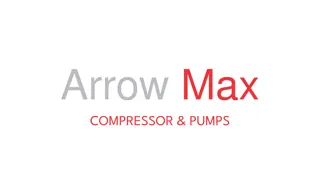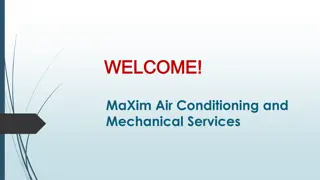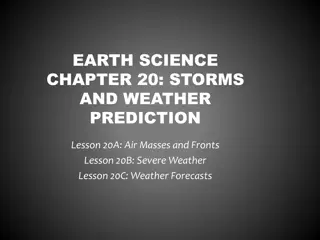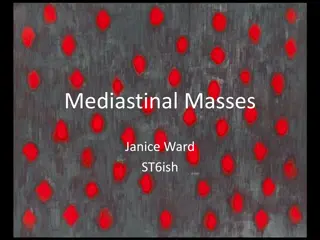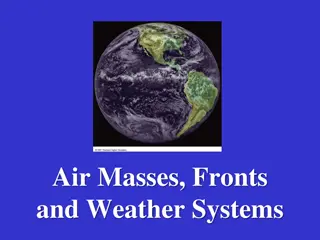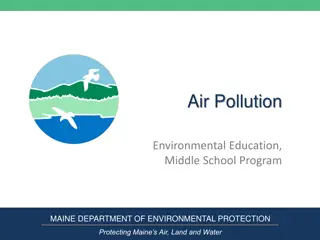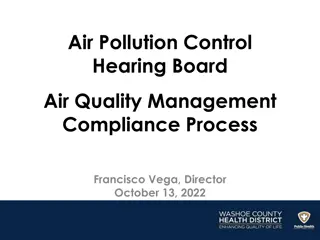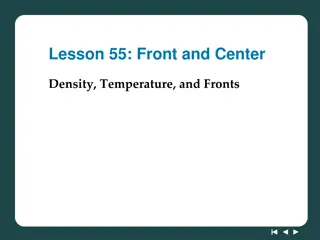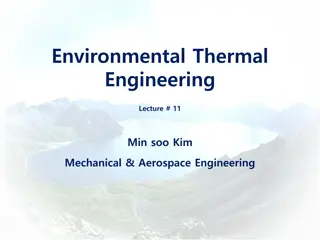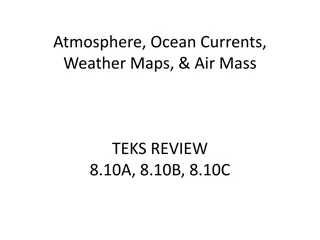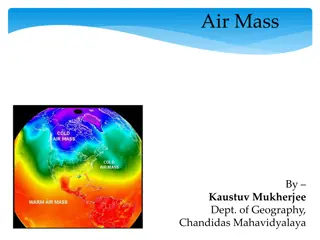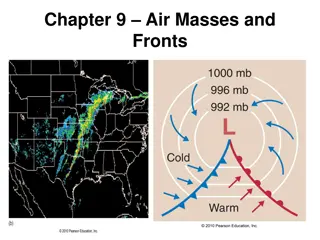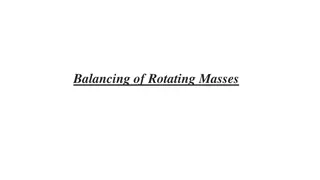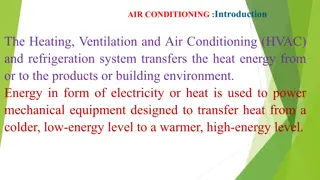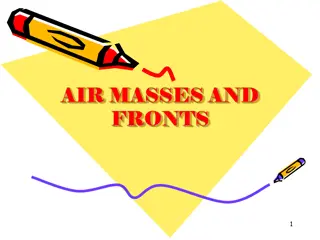
Understanding Air Masses and Fronts for Weather Enthusiasts
Discover the difference between air masses and fronts in meteorology. Explore how air masses form and influence weather characteristics, while fronts develop when different air masses collide, affecting temperatures and humidity. Learn about cold and warm fronts, how they interact, and the weather patterns they bring, from rain and thunderstorms to changes in humidity. Gain insights into the symbols representing cold and warm fronts and the outcomes when warm and cold air meet.
Download Presentation

Please find below an Image/Link to download the presentation.
The content on the website is provided AS IS for your information and personal use only. It may not be sold, licensed, or shared on other websites without obtaining consent from the author. If you encounter any issues during the download, it is possible that the publisher has removed the file from their server.
You are allowed to download the files provided on this website for personal or commercial use, subject to the condition that they are used lawfully. All files are the property of their respective owners.
The content on the website is provided AS IS for your information and personal use only. It may not be sold, licensed, or shared on other websites without obtaining consent from the author.
E N D
Presentation Transcript
Air Masses and Fronts What s the difference?
Air Mass O An air mass is a large volume of air with the same temperature and moisture content. O As an air mass forms, it takes on the characteristics of the area over which it develops. OIt becomes what it hangs around!
Types of air masses: Continental or Maritime
Whats a FRONT? It s like a wrestling match where two opposing athletes meet Two opposing air masses are the teams!
Who will end up on TOP??? O Fronts develop when air masses of different temperatures and humidity collide, causing a change in the weather. O There are four types, but most are classified as either cold or warm. O Knowing what you do about density, how do you think cold and warm fronts will interact?
Cold air sinks, warm air rises! Warm air RISES, cooler air SINKS!
O What does the weather do when a COLD What does the weather do when a COLD FRONT hits? FRONT hits? O A cold front brings rain, thunderstorms and A cold front brings rain, thunderstorms and clouds. If there is a large temperature clouds. If there is a large temperature difference between fronts, tornadoes can difference between fronts, tornadoes can occur. occur. What is the weather symbol for a cold front What is the weather symbol for a cold front? ? .
When warm and cold meet, its Go time! Something is bound to happen.
Its bad hair day weather when warm fronts appear. O Warm fronts occur when slower moving warm air replaces retreating cooler air. The warm air rides over top of the cooler air, producing light to moderate rain. Warmer temps and higher humidity occur after the passage of a warm front.
A stationary front occurs when the air masses are NOT moving.
An occluded front happens when a cold front overakes a warm front.

